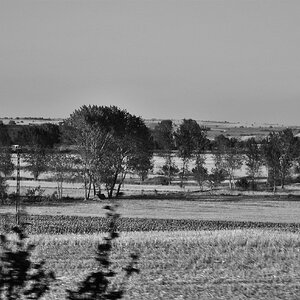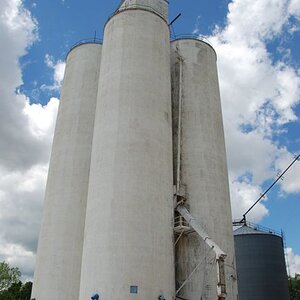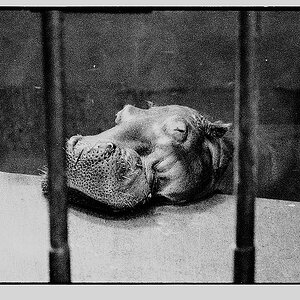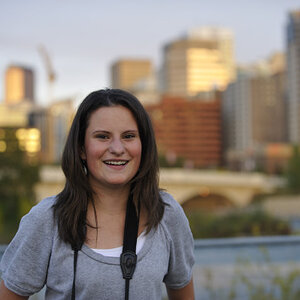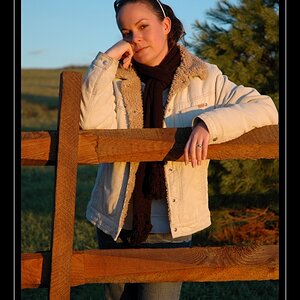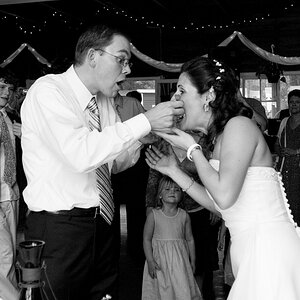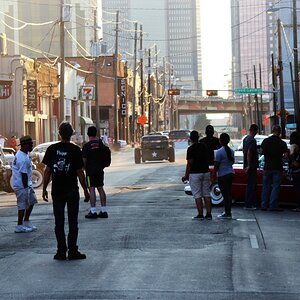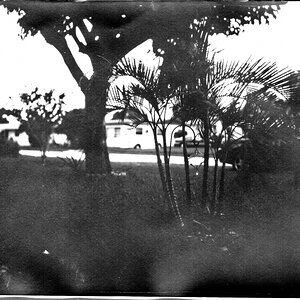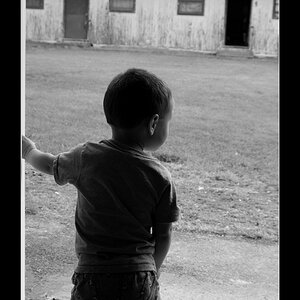Solarflare
No longer a newbie, moving up!
- Joined
- May 24, 2012
- Messages
- 2,898
- Reaction score
- 395
The Ideal Sensor
IMHO:
The ideal sensor size for you is the size before your desired camera and lens are either too expensive or too heavy.
Other than that, I hope one day we'll get "3CCD on the sensor", i.e. every pixel has some optical color splitter device and records the three RGB values separately. This will tripple the data but also will give much better efficiency factor. Right now we throw away at least 50% of the light thats falling on the sensor just so we can get color information.
Another biggie is a global shutter. Allows "perfect" video, and reduces the amount of mechanics in the camera. On a mirrorless, it could even be reduced to zero.
Finally theres phase AF on the sensor, at least for mirrorless cameras. Ideally I would want quad pixel technology for that.
The last is the usual:
- Have as low ISO as possible so signal to noise can be optimized further.
- Have as high efficiency factor as possible. Silicium seems to be stuck at 40% ? So maybe other materials would be better ?
- Reduction of any other noise, too.
IMHO:
The ideal sensor size for you is the size before your desired camera and lens are either too expensive or too heavy.
Other than that, I hope one day we'll get "3CCD on the sensor", i.e. every pixel has some optical color splitter device and records the three RGB values separately. This will tripple the data but also will give much better efficiency factor. Right now we throw away at least 50% of the light thats falling on the sensor just so we can get color information.
Another biggie is a global shutter. Allows "perfect" video, and reduces the amount of mechanics in the camera. On a mirrorless, it could even be reduced to zero.
Finally theres phase AF on the sensor, at least for mirrorless cameras. Ideally I would want quad pixel technology for that.
The last is the usual:
- Have as low ISO as possible so signal to noise can be optimized further.
- Have as high efficiency factor as possible. Silicium seems to be stuck at 40% ? So maybe other materials would be better ?
- Reduction of any other noise, too.


